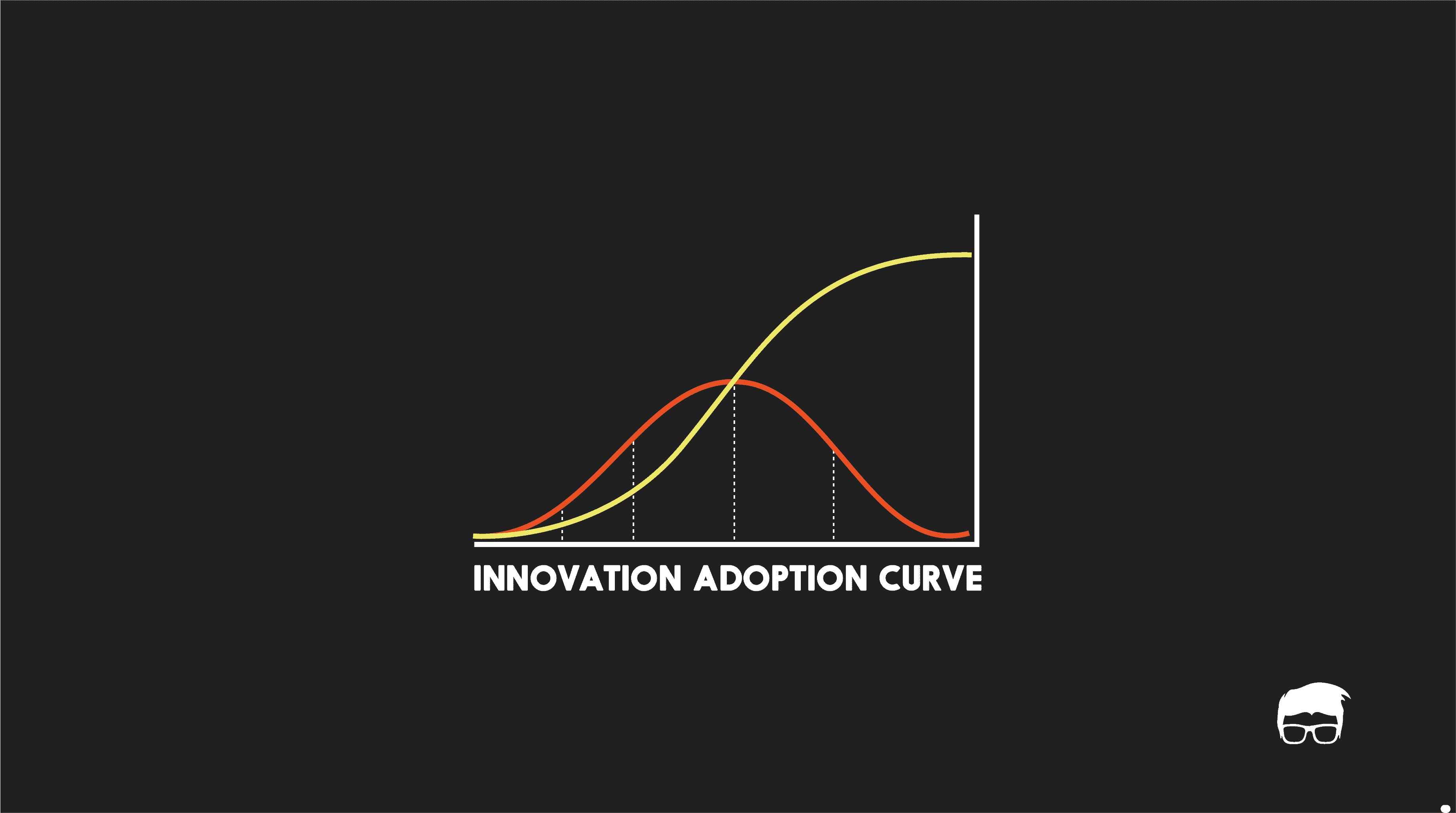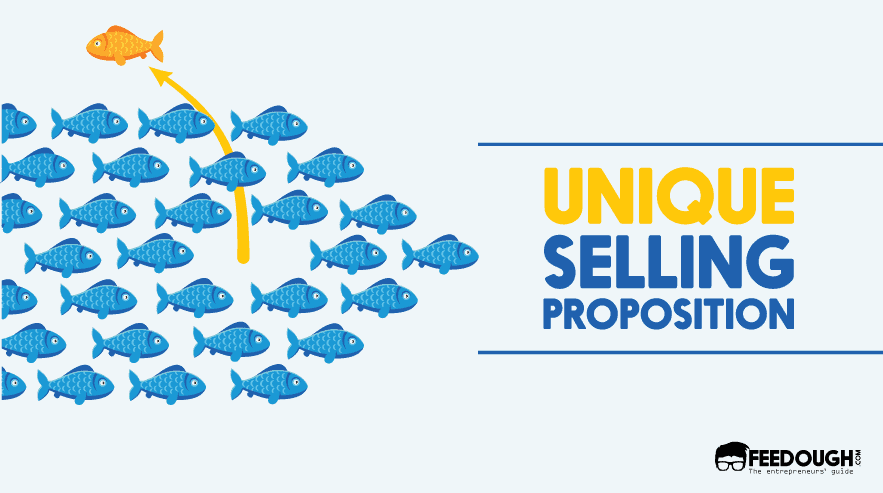Finding a niche doesn’t mean looking for something no one has ever thought of or the market no one is competing in. It’s as simple as finding a space to take your boat down in the waters and finding the perfect ‘easy to travel’ and ‘not so crowded’ route to reach your destination as soon as possible.
But before we go on to talk about how to find that ‘not so crowded’ route, it’s important for you to know the basics.
What Is A Niche?
A niche market is a small but targetable market segment which can be addressed by a business providing solutions that are not being provided by the mainstream providers.
What Is An Example Of A Niche?
A niche can be ‘laptops for blind’ in the laptop industry. Disability sports too can be a great niche business in the sports industry. It all depends on whether or not there is a considerable demand which isn’t being catered to well by the mainstream providers.
Some real-life examples of niche markets are –
- Nerd Fitness – Industry: Fitness, workout, exercise. Audience: Nerds, gamers, misfits. Selling point: Community which helps.
- Cozy Cama – Industry: Pet Beds. Audience: Pet Owners. Selling point: Handmade pet beds.
Why Should You Choose A Niche?
Choosing a niche is never a compulsion. Many well-funded corporations and marketers make tons of profits by offering mass appeal products. But serving to a niche is preferred if you have limited funds and have to compete with well-funded corporations who have positioned their brand well in the minds of the customers.
Choosing a niche is beneficial as it –
- Makes business cost-effective: It’s cost-effective to market to a niche than to a mass audience.
- Helps in better brand positioning: It’s easier to position a brand in a niche as it already started with a purpose.
- Has Less Competition: Niches usually have limited demand so not many players opt for it.
- Leads To More Profit Margins: Selling niche products means you understand the customers’ requirements to a larger extinct than mass-appeal product producers. This gives you the liberty to charge more.
- Increases Brand Loyalty: Niche brands have more loyalty as customers believe they understand their needs. These brands also witness more loyalty because of the scarcity principle.
How To Find Your Niche?
Even though finding the perfect niche is a very important task before you even think of starting a business, it shouldn’t be an uphill struggle. Here’s a process you can follow to find the perfect niche for you to start your business in.
Identify What You’re Interested In & Good At
Identifying your interests is probably the most important aspect of finding a niche and starting a business. You should only choose a niche which interests you and in which you’re good at. Profitability comes afterwards.
The only (and the biggest) logical explanation to this is that a business is a long-term commitment and you wouldn’t want to commit to something you’re not interested in. If you work in an area you don’t care about much, the odds of you quitting the niche are a lot, no matter how profitable it is.
List at least 10 topical interests and passion areas
Here are a few prompts to help you with the same –
- What do you like to do in your free time?
- What magazines, newsletters, and push notifications do you subscribe to?
- What do you like to learn (without a career motive)?
- Which organizations or clubs do you belong to?
- What would you like to do for free?
An example of such a list is –
- Skateboards
- PC games
- Percussions
- Headphones
- Stage Theatre
- Content Writing
- Travelling
- Photography
- Social Media
- Graphics Designing
Now, out of these, find out what you enjoy doing most.
The next step is to trim the list a bit and select five niches you would enjoy to be associated with for the next 10-15 years.
Identify The Problems
Now that you’ve selected five perfect niches for you, it’s time to look out for the actual unsolved or overlooked problems in those niches. This will further narrow down options and will help you find those which actually matter.
Finding problems is important to find your own niche. It helps you find the demand which is yet to be fulfilled and will also help you create a perfect business model and revenue model for your business.
Here are a few suggestions on how you can look for the problems in your selected niches –
- Ask Questions: Go and talk to the actual consumers about the problems they face. Conduct the research face-to-face and try to minimise the use of Google Forms or other survey tools in this step.
- Go Through The Forums: Forums like Quora and Reddit are gold mines when it comes to finding out the problems. Peruse them and see what the consumers actually demand for. You can also collect the leads and talk to them to get more insights.
- Look for trends: Google trends is a good validator of problems hypothesis. Suppose you’re interested in developing or selling air pollution masks, looking at Google trends might reassure you of your choice.

Choose small problems with considerable demand. An example could be. Lack of availability of game t-shirts in your area or no skateboarding school with professional skateboarders, etc.
Research The Competition
Once you’ve found out the problem, the next step is to analyse the existing players in the market. Make a spreadsheet and note down all the players offering solutions close to that problem.
Now, find their strong points and also the loopholes in their offerings. Some examples of loopholes could be –
- Extremely Pricey
- Low-Quality Product
- Low Availability, etc.
It’ll help you narrow down your list to just one niche with the biggest opportunity. Researching the competition will also let you determine the profitability you can look for while developing your unique solution.
Find Your Unique Solution
Now that you have your research on what the actual problem is, what’s driving the competition, and what exactly is needed in the market right now. It’s time to develop your own unique solution.
Bring your research to use and develop an MVP first which you can use to validate your assumptions without investing everything.
Test Your Idea
The final step towards niche selection is to test whether your unique solution is accepted by the audience and whether your niche hypothesis was true after all. Take your MVP to the market and take feedback from the actual user.
If at least 40% of them accept your solution, you’ve found the right business for you. If not, alter your solution three more times. If they still don’t like the solution, you might want to give the second alternative niche a try.
Go On, Tell Us What You Think!
Did we miss something? Come on! Tell us what you think of our guide on how to find a niche in the comments section.
A startup consultant, digital marketer, traveller, and philomath. Aashish has worked with over 20 startups and successfully helped them ideate, raise money, and succeed. When not working, he can be found hiking, camping, and stargazing.






![Who Is An Infopreneur? [Ultimate Guide] INFOPRENEUR](https://www.feedough.com/wp-content/uploads/2017/10/INFOPRENEUR-33.webp)

![Go-To-Market Strategy [The Ultimate Guide] go-to-market strategy](https://www.feedough.com/wp-content/uploads/2019/10/go-to-market-strategy.webp)
